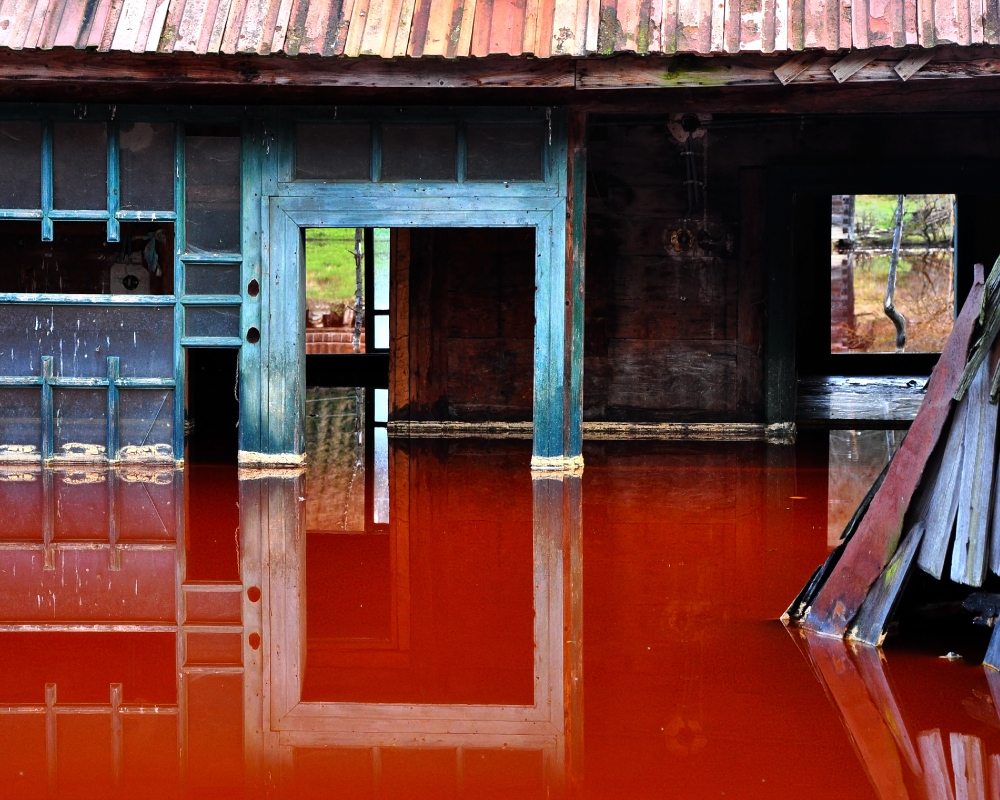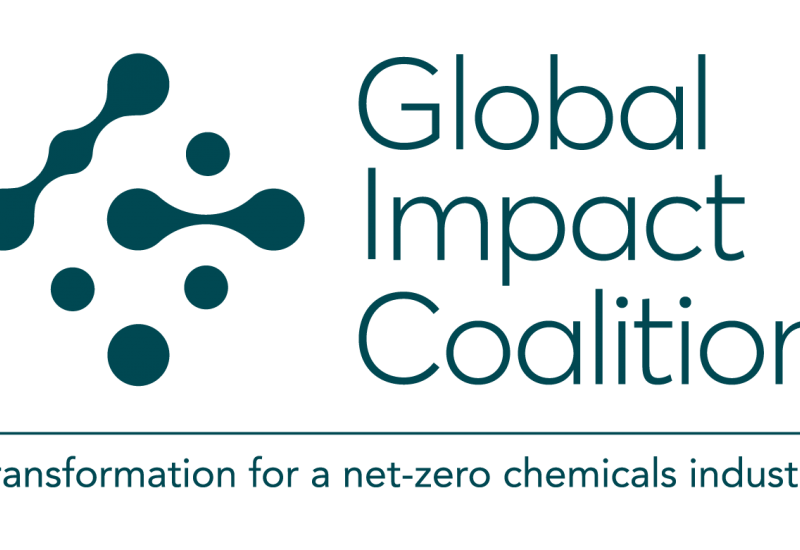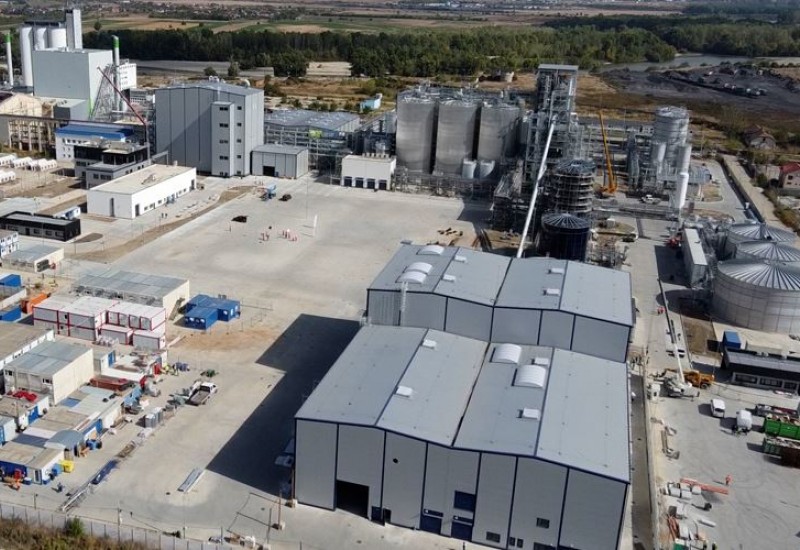Feature article - Preparing for natech disasters
Jonathan Sharp, CFO of Environmental Litigation Group, looks at the impact on public health from increasing number of climate change-induced industrial disasters
Over the past decades, the discussion regarding climate change has shifted from estimated potential outcomes to far more urgent concerns regarding the reduction of its immediate adverse effects. Rising sea levels, coastline erosion and extreme weather events result directly from anthropogenic activities affecting global climate patterns.
However, the impact of these changes is far more extensive and pernicious than specialists may have originally anticipated. Across the US and indeed elsewhere in the world, industrial and chemical facilities are situated in areas vulnerable to the hazards that extreme weather events generate.
Damages to such facilities pose a significant risk to the health and wellbeing of surrounding communities and the environment due to the potential of toxic run-off. Without more stringent regulations preventing such accidents, extreme weather exacerbated by climate change becomes an ever-growing risk that needs to be addressed to secure the safety of businesses and local populations alike.
Natech disasters
When natural factors lead to an industrial accident, the phenomenon is known as a ‘natech’ disaster. This type of event can occur due to factors that cannot be predicted, like earthquakes, or foreseeable causes. such as hurricanes and ensuing flooding. Increasing temperatures lead to shifts in wind patterns and more humidity in the atmosphere that amplify the strength of tropical storms. This is a recipe for potential natech disasters when considering the placement of industrial and chemical facilities along the US Gulf Coast.
A recent study identified 872 chemical facilities situated in areas vulnerable to hurricane activity.1 Surrounding these facilities across a 1.5-mile (2.4 km) radius are 1,717 schools, 98 healthcare facilities and a population of approximately 4.3 million.
In 2017, Hurricane Harvey left a path of destruction in its wake that resulted in several chemical spills. The most significant event was the flooding of the Arkema chemical plant in Crosby, Texas. Due to floodwaters disabling the refrigeration system, stored organic peroxides began decomposing and burning, causing an explosion that released toxic fumes and smoke.
As a result, 21 people sought medical assistance due to the exposure to harmful chemical smoke and hundreds were evacuated. The flooding that caused the explosion also spread dangerous compounds into the surrounding areas, with the heavy metal concentration of local water sources increasing after the hurricane.2
Another facility that bled toxic refuse into the environment due to Hurricane Harvey was the Chevron Phillips plant in Baytown, Texas. Due to a damaged valve, about 14 tonnes of sodium hydroxide and 135 kg of benzene were unwittingly released. These compounds are highly toxic and made their way onto the region’s streets, along with debris and sewage waste.
In 2020, Hurricane Laura affected several industrial and chemical facilities near Lake Charles in Louisiana. The local BioLab chemical plant that manufactured chlorine products for sanitation was confirmed to have suffered fire damage.
Chlorine is harmful in concentrated doses, and the resulting fire should have determined the evacuation of residents across a half-mile radius. Due to the infrastructure damage resulting from the storm, however, such measures could not be put into effect, and officials ordered locals to take shelter and avoid using air conditioning systems to prevent exposure to pollutants in the air.
It is worthy to note that these instances are only a minute sample of recent natech events involving industrial facilities resulting from hurricanes across the Gulf Coast. When factoring in other natech events (droughts, wildfires, tornados) across the continental US and additional sources of potential toxic refuse (Superfund sites, landfills), the probability of harm grows exponentially.
Floodwater & contaminants
The impact of natech disasters places individuals that live in the vicinity of industrial and chemical sites at a higher risk of toxic exposure. When such facilities are compromised and lack efficient preventive measures, the harmful chemicals in above-ground storage units can become dislodged and pollute floodwaters. Flammable materials can also be ignited by lightning, leading to fires and explosions that emit toxic fumes.
The effects of natech disasters are far-reaching and long-lasting. After Hurricane Katrina in 2005, more than 1,070 instances of hazardous material releases were documented across four states, mainly resulting from storage tank failures.3
Accurately predicting the health effects of natech-related chemical spills is a difficult endeavour. This is because different facilities store or use distinct types of toxic chemicals that, once combined with the contents of floodwaters, produce a wide array of adverse health effects.
Likewise, individuals react in different ways to chemical exposure. A study looking into the effects of chemical spills following hurricanes identified 197 separate harmful compounds that were released in 166 natech events.4
In most cases, at least one dangerous substance was released, while in others up to eight toxins leaking into the environment were recorded, including heavy metal petroleum and volatile organic compounds. The majority of these runoffs (72.3%) resulted from emergency shutdown procedures anticipating the impact as well as start-up procedures following the events.
It would be unfair, however, to suggest that leaders in the chemical processing industry disregard the adoption of safety and preventive measures. When facilities are affected by natech events the ensuing repairs and cleanup not only solicit additional capital expenses but it also means that production grinds to a halt, undercutting their financial objectives. Seeing how natech disasters are predicted to grow in frequency and intensity in the coming decades it is in the interest of chemical process industry facilities to implement risk reduction strategies that effectively address and mitigate the damage that natural disasters produce.
Risk reduction strategies
Deteriorating climate conditions are the primary driver of exacerbated weather events that lead to natech disasters. Research estimates that future natech events will significantly amplify the risk of spreading dangerous toxins from contaminated storage sites by 2041 and will continue unabated unless the issue is addressed.5
Given that curbing climate change is a near-impossible task, specialists recommend adopting a preventive approach to mitigate the risks of flood-related chemical spills. Facility owners and managers are incentivised by their financial objectives to implement risk reduction strategies to ensure infrastructure resiliency, thus avoiding unplanned capital expenditure on repairs.
Even though awareness regarding these issues has increased, there is a chronic lack of proper regulation on all administrative levels. Federal agencies do not mandate facilities to holistically address risks such as natech events or flooding in pollution prevention and management strategies. Moreover, very few states even consider flooding as a risk factor when issuing permits to industrial facilities.
This has not gone unnoticed and prompted the Chemical Safety Board to produce cautionary materials for chemical facilities, stressing the importance of emergency planning months ahead of the hurricane season. Institutions and regulators should leverage their authority under federal and local laws to combat and reduce the effects of natech disasters. Recommended approaches include:
* Determining the risk level that the facility is subjected to
* Placing a professional in charge of emergency response procedures
* Safe storage solutions for toxic substances that are likely to be impacted by flooding
* Implementing a strategic communication protocol and command structure
* Ensuring yearly compliance reporting
* Monitoring hazardous waste inventories
Concact:
Environmental Litigation Group
References:
1. https://www.ncbi.nlm.nih.gov/pmc/articles/PMC7038901/
2. www.biorxiv.org/content/10.1101/2022.01.20.476661v1.full
3. https://pubmed.ncbi.nlm.nih.gov/20345576/
4. https://pubmed.ncbi.nlm.nih.gov/18031931/
5. https://www.ncbi.nlm.nih.gov/pmc/articles/PMC6927791/















